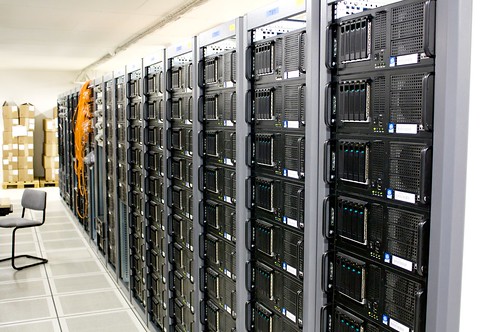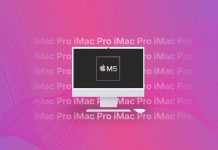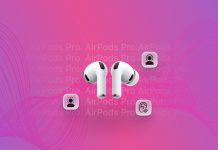I’m sure many of our readers have heard about the “consumerization” of Information Technology (IT), or maybe they have not. For those who have not, the gist of the idea is that more and more consumer devices are making their way into enterprise IT space. This can occur in several different forms. The primary one is through employees bringing in their personal devices, like iPod touches and iPhones, and wanting them to work with the corporate IT network.
The desire to bring the newest gadgets, like smartphones, into a workplace and use corporate email has been fought significantly over the past ten years and potentially longer. There are a myriad of factors determining if a device can be used for corporate functions while maintaining security. Some of these factors include the requirement to meet current existing policies. This can be the hardest item to adhere to since policies are not meant to set which technology to use. Instead, the technology must conform to the policy. Take for instance a requirement to use encryption for all email communications. If you have a device that cannot handle encryption, then that device could not be used for email. This is a simplified example, but it can become rather complex depending on what polices are in place.
Some polices are in place before technologies arrive. This could be as simple as every person much use a mechanism at the beginning of their work day. While a punch-clock may work well if you are in an office, how do you handle road warriors? You cannot have them punch in since they are not in the office. You could provide a web-based mechanism to allow them to sign in.
In addition to policies, many corporate IT shops have a standard set of phones and devices that they issue new employees. Many of these include Blackberry phones and Windows laptops. The issuance of the devices by an IT shop can mean several things. First, it can indicate that the company would like you to be available at any time. You may not have to work at all times, but you may be strongly encouraged to check email and reply when needed. Typically, these devices have been locked down so as to only perform the necessary functions.
This method worked well while smartphones were expensive and not as readily purchased by employees. The proliferation of more consumer-friendly devices has changed this traditional thinking almost to the point where issuing cell phones to employees is pointless and only good for those who wish to keep their work and personal lives entirely separate.
Smartphones have come down in price and have also simultaneously increased in terms of the sheer number of devices available. Before it was just BlackBerry and Windows Mobile 6 devices. Today we have Google’s Android, Apple’s iPhone, Windows Phone 7 and BlackBerry 6.0. These are all modern operating systems that meet many of the technical requirements of corporate IT shops.
We have all realized that Smartphones are carried by a significant portion of the population. These have slowly begun creeping into corporate IT shops. This change has be attributed mostly to two different methods of penetration. The first, more formal method, is by the upper echelon of a company wanting their new toy to get their email, calendars and contacts. The second method is more covert. This happens when an employee kindly asks their resident IT guy if they can get their email on their new device. Sometimes this is entirely allowed by policy, but most times this is not kosher. This change has come about because people expect to be able to use their applications, like Facebook or twitter, and check their work email all while on vacation without the need to carry two devices (unless they really do like to carry two).
Personal smartphones have begun to put a wedge into the iron-clad decisions of IT shops. The wedge has slowly brought about a slightly different change from just bringing in your own cell phone. There has been a much slower movement to implementing the technology you use at home in the office. By this I mean let’s say you use OS X at home, and when you first start in your job they only provide Windows laptops and desktops, but as the years go by, they start adding Macs for the graphics department, and soon new employees are offered a choice between a Mac device or a Windows device.
This type of change is not as heavily mentioned as the implementation of Smartphones in the workplace. I know at my job until last April—geez, it’s been almost a year—we did not even own a Mac. I’ve had my Macs at home since 2007, and my boss got his first Mac in September 2008. I know there are a couple of other employees who own Macs, but there aren’t that many. The entry of Macs into our enterprise has begun to bring about the idea of using non-Windows based machines for tasks. We currently have two Mac mini Servers, non-unibody, and a single iMac. As time goes by, I hope to see more devices get replaced with Macs, even if they are running Windows.
I am not sure how soon the day will come where users are expected to provide their own laptop and smartphone but are allowed to access the enterprise network with these devices. I am sure it’s occurring somewhere in the world, but as of right now this isn’t the norm. It may only be a few years before this is the standard practice. But for now we will take whatever in-roads we can get in order to accomplish what we need to accomplish.







